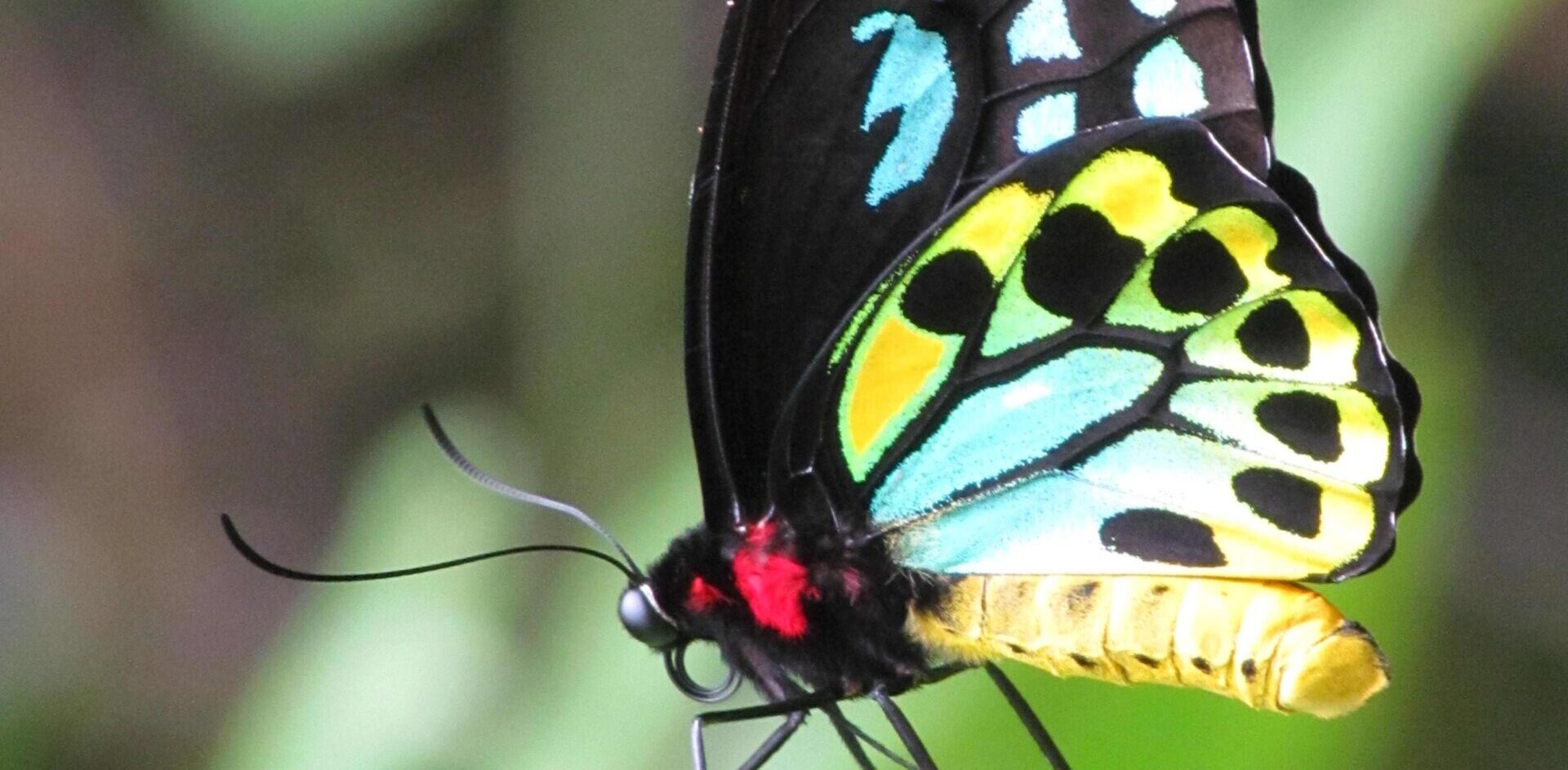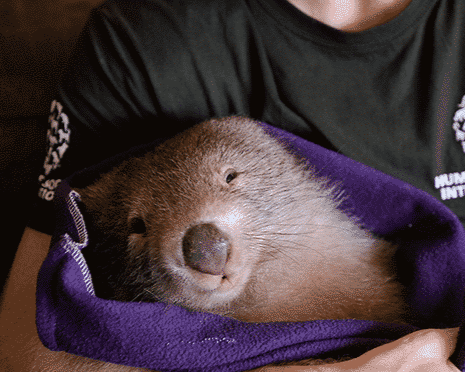The Newsletter of Humane World for Animals' Wildlife Land Trust • Issue 30 • 2025 Read More
Image Credit: Harry Vincent
As part of Humane Society International Australia’s commitment to protecting dingoes, we were proud to sponsor the Inaugural First Nations Dingo Forum held recently in Cairns. This forum was the first of its kind, bringing together First Nations people and scientists from across mainland Australia to discuss the cultural significance of dingoes, dingo management and greater representation of First Nations voices in decision-making.
Dingoes and First Nations Peoples share deep spiritual connections. Across Australia dingoes are known by many names:
Binure, Buyubarra, Dwert Mooyel, Ganibarra, Jinabara/ Madla Yalpa, Mirragang, Ngalmbu, Ngawa, Ngugum, Ngwangwal, Ootalkarra, Warrigal, Wartaji, Wabubarra, Wilkerr, Wetya, Wongari, and many others.
Sadly, dingoes face widespread persecution and are one of the focal species of HSI Australia’s wildlife coexistence campaign.
I was proud to present at the First Nations Dingo Forum, alongside our Head of Programs, Evan Quartermain. We showcased our decade-long efforts to lobby for legislative and policy improvements for dingo protection, and greater recognition of the critical role of dingoes as apex predators and their cultural importance to traditional custodians.
Importantly, we also shared the practical ways to protect farm animals from dingo predation and retain dingoes in the landscape. We shared with attendees our ‘Predator Smart Farming’ guide, which showcases non-lethal alternatives to culling dingoes, such as using guardian dogs and donkeys, sensory deterrents, livestock husbandry and land management practices to deter dingoes.
First Nations speakers discussed the ways in which dingoes are deeply embedded in the daily lives of First Nations Peoples as companions, hunting partners, protectors, and family members. Dingoes form an essential part of totems, Dreaming, lore, customs and songlines.
A key outcome of the forum was the development and signing of the National First Nations’ Dingo Declaration. The declaration was signed by more than 20 First Nations groups and states that dingoes are a ‘cultural icon’ and killing them is ‘killing family.’
The Declaration calls for an immediate end to the lethal control of dingoes and advocates for a different model – caring for Dingoes on Country. This model sees dingoes recognised in legislation as a culturally significant and protected native species. This model must use traditional knowledge and evidence-based practice, focusing on peaceful coexistence between dingoes and all stakeholders.
It was an incredible honour to listen and learn from traditional custodians to hear dingo creation stories, language and culture. The signing of the declaration was historical and emotional, and the energy in the room was incredibly empowering.
This immersive experience has added a deeper layer to our dingo coexistence campaign and the Declaration has provided us with more momentum to fight for greater dingo protection.
We are determined to walk together to make real the demands of the National First Nation’s Dingo Declaration. We commit to empowering people to effectively uphold cultural and environmental obligations and aspirations when it comes to protecting the dingo.


